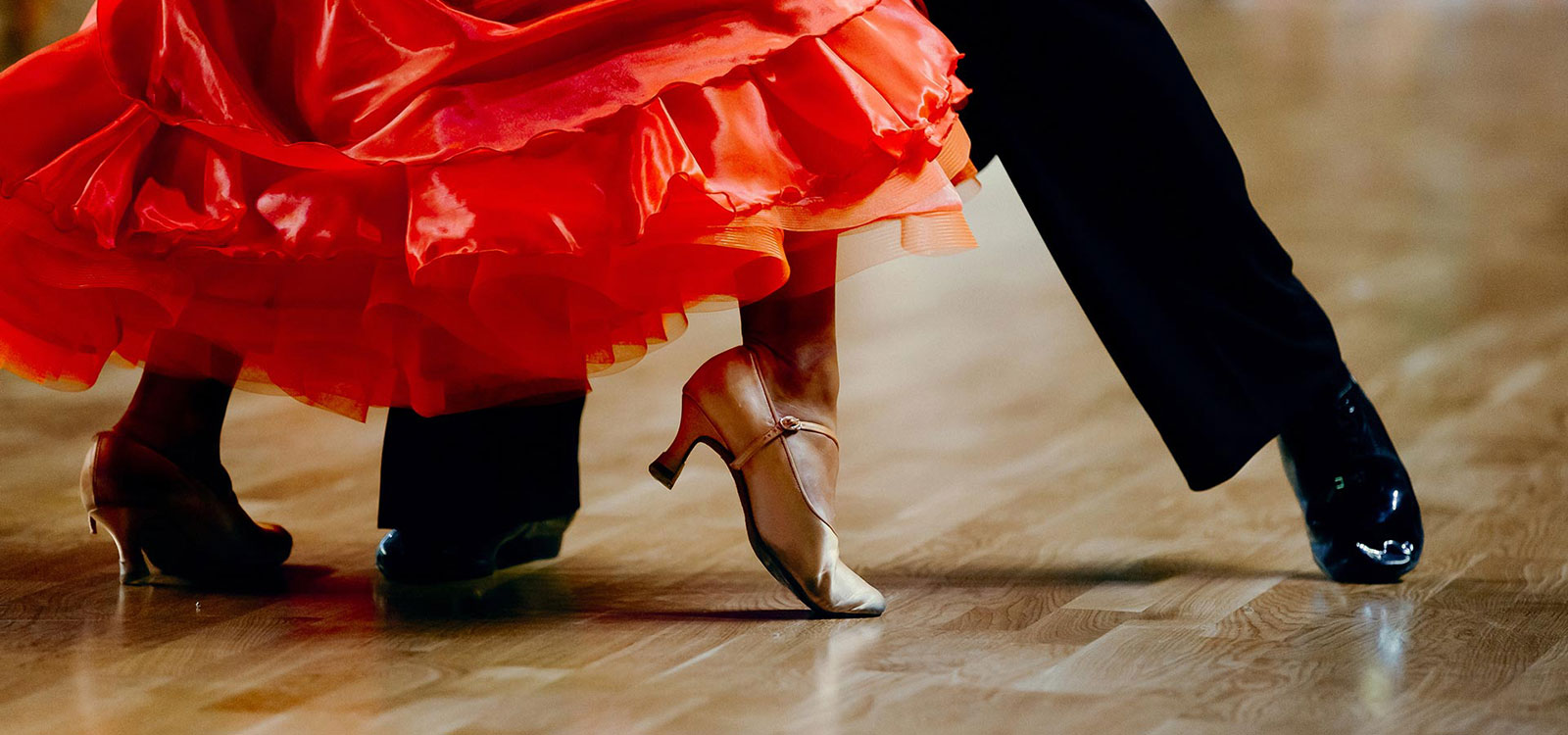Recently I came across a discussion on Quora that focused on how competitive dancing or what you see on shows like Dancing With the Stars compares to the kind of ballroom dancing people typically do in social settings. It’s a great question and something that comes up fairly often in conversations. I was intrigued by one particular response.
Quora member Van Dong offered excellent insight by comparing these two styles of dancing using an analogy related to speech.
“Competitive and showcase dancing is comparable to giving a speech or acting out a scene from a play.” It might look like a natural conversation when done well, but it is actually carefully planned out. He continues, “You memorize your lines, rehearse together, then on performance day you present yourself as best you can. You are trying to impress an audience and/or judges,” he said.
He went on to add that “Social dancing is an unscripted conversation between two people. Sometimes it feels like a formal interview. Sometimes it’s a relaxed conversation between friends or acquintances.”
This is a beautiful way to look at the differences. Dancing is communication. As teachers, we often talk about how the partnership needs to listen and respond in the same way we do when we have a conversation.
Sure, there’s a lead and a follow, but that’s only a formality because you can’t technically have both parties doing the leading at the same time when dancing. In actual fact, even the lead is constantly listening.
When I dance, I am aware of every action and reaction of my partner. I know which foot she’s on at all times. I can tell if she misses a heel turn or misinterprets a lead. If anything gets out of step then I respond by helping her make it feel natural so that she isn’t left uncomfortable or feeling out of touch. In this way I show that I’m interested in her and in making her feel valued and important. This is no different from the way we might carry on a discussion.
Competitive and showcase dancing is comparable to giving a speech or acting out a scene from a play. Social dancing is an unscripted conversation between two people.
Van also pointed out that if the only person you ever really talk with is your spouse, then your conversation becomes more restricted in overall scope. Yes, you learn what she likes to hear and how to say things to her without upsetting her, but that doesn’t necessarily help you talk to other people. This happens in dancing as well. Even if we aren’t competitive ballroom dancers, if we just dance with the same person all the time, our ability to carry on a social ‘conversation’ through our dancing becomes limited. We don’t need to have the same sensitivity to feeling a lead or responding to a misunderstood lead that we would need with a stranger, because our partner knows our tells and makes assumptions that get us past rough spots.
Far too many dance studios, especially when teaching group classes, focus only on teaching step patterns rather than on learning how to lead and follow. This is like memorizing a script, or perhaps a few words and phrases, and expecting to recite those to someone you’ve just met. It doesn’t make for a very good conversation. As Van mentioned in his answer, in social dancing “you continually adjust and tailor your responses to what the other person has to say. When you concentrate on lead and follow fundamentals, steps and moves will make more sense, and you’ll feel more confident on being able to execute them on-the-fly.”
The best part of this is that when we learn to become good at speaking to others, we become more interesting in all social settings. And this happens in dancing as well. When we get good at carrying on the dance conversation by becoming good at leading and following, it makes you more interesting to those you dance with. Including your spouse.
You might also like How to dance a more conversational Waltz














